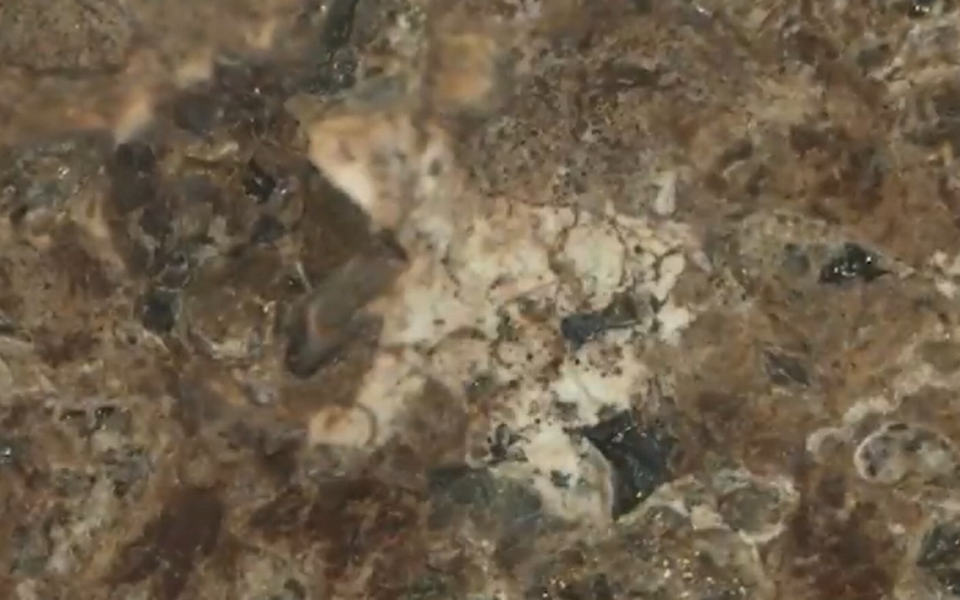Scraping into floor of Mars crater reveals odd image resembling polar bear, NASA says
An oddity found in NASA’s search for past life on Mars looks more than a little like a Native American pictograph.
Specifically, NASA scientists are calling it a polar bear.
The “odd-shaped crystal” was revealed when the Perseverance Mars Rover scraped away surface rock to see “the interior that’s less altered by the exterior of the environment.”

“In the abrasion patch associated with these (scrapes), we saw this beautiful big sulfate crystal that looks exactly like a polar bear,” scientist Sunanda Sharma reported in a video released July 12 by NASA.
“For me as an astrobiologist, the other really exciting thing about this rock is that we saw multiple types of signals that are consistent with organics. And organics are the building blocks of life, and they’re also signs of potential habitability in this environment.”
The familiar shape is being treated as coincidental, which is how NASA has summed up all mysterious findings on Mars. This includes a rock formation shaped like a face, a “door-shaped fracture” in a cliff and a rock the size of a bowling ball found precariously balanced atop a leaning boulder.
The size of polar bear crystal and its depth were not revealed.
It was found in the South Séítah region of the Jezero Crater, a 28-mile-wide meteorite impact site scientists believe “was once flooded with water and was home to an ancient river delta.”
“Jezero Crater tells a story of the on-again, off-again nature of the wet past of Mars. More than 3.5 billion years ago, river channels spilled over the crater wall and created a lake,” NASA says.
“Scientists see evidence that water carried clay minerals from the surrounding area into the crater lake. Conceivably, microbial life could have lived in Jezero during one or more of these wet times. If so, signs of their remains might be found in lakebed or shoreline sediments.”
NASA discovers mysterious balanced rock on Mars, igniting debate over how it happened
Snowflakes on Mars are cube shaped and geysers erupt as ice thaws in spring, NASA says
A meteoroid crashed into Mars, and NASA recorded the odd sound it made. Have a listen

